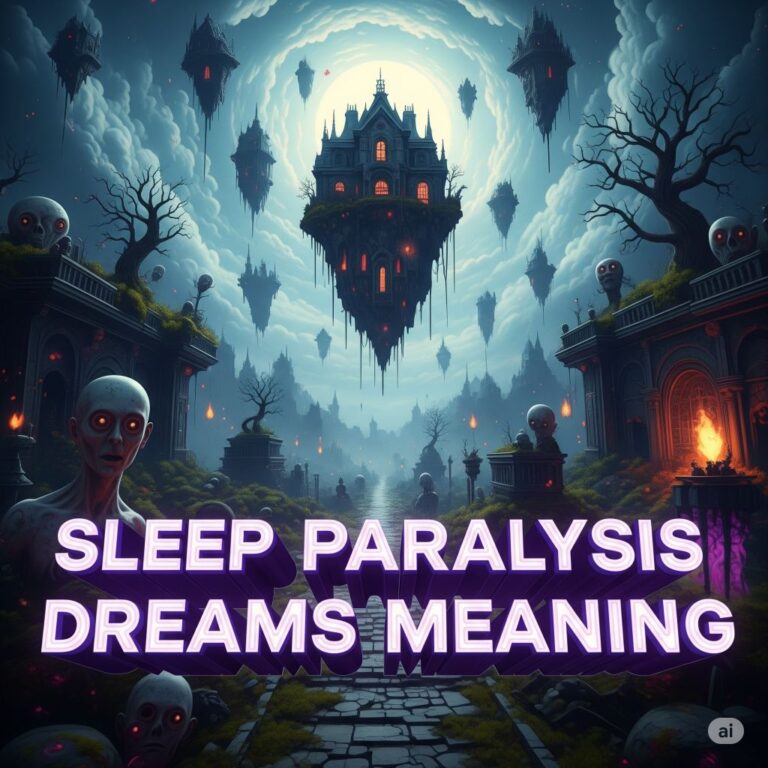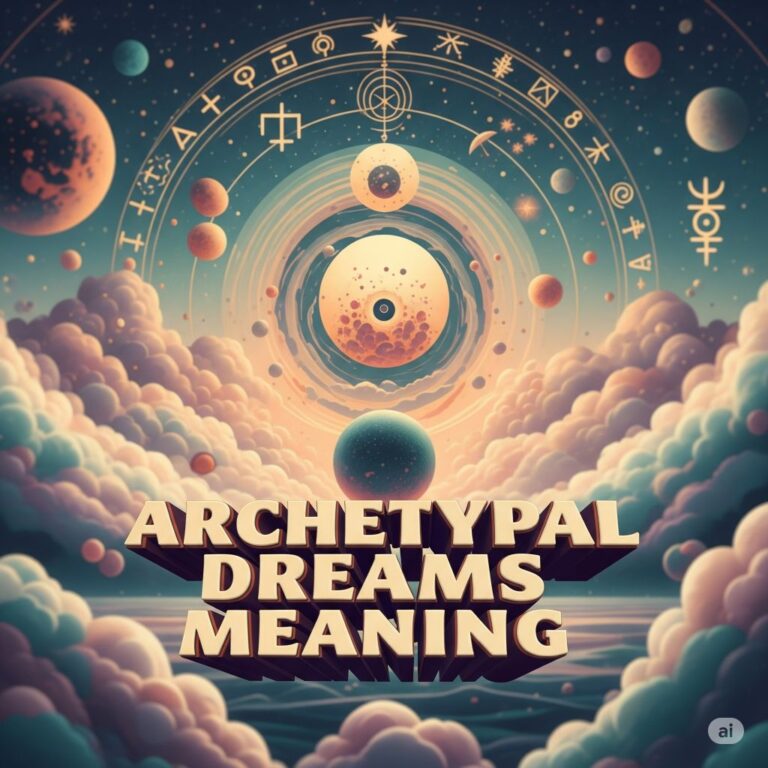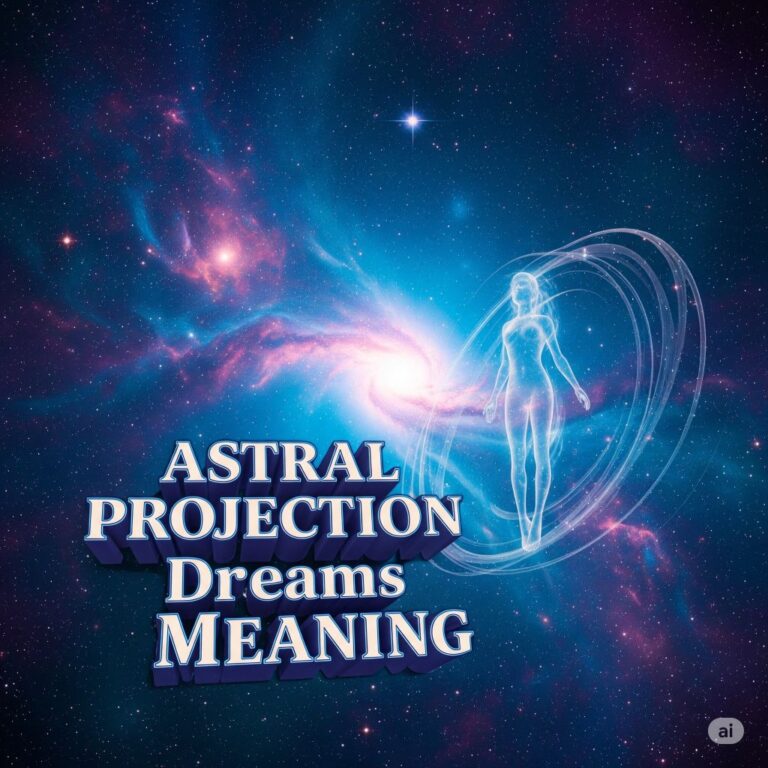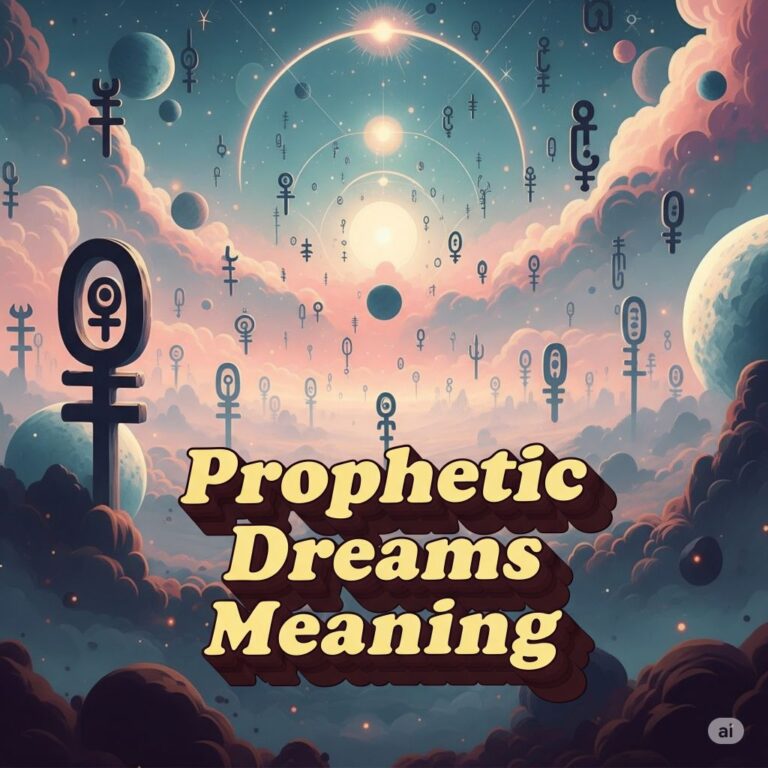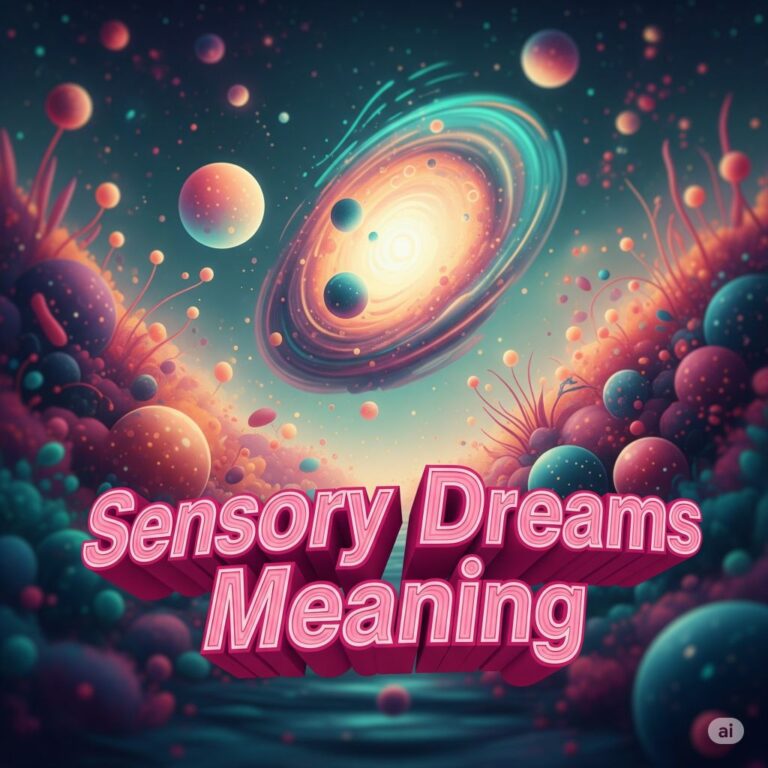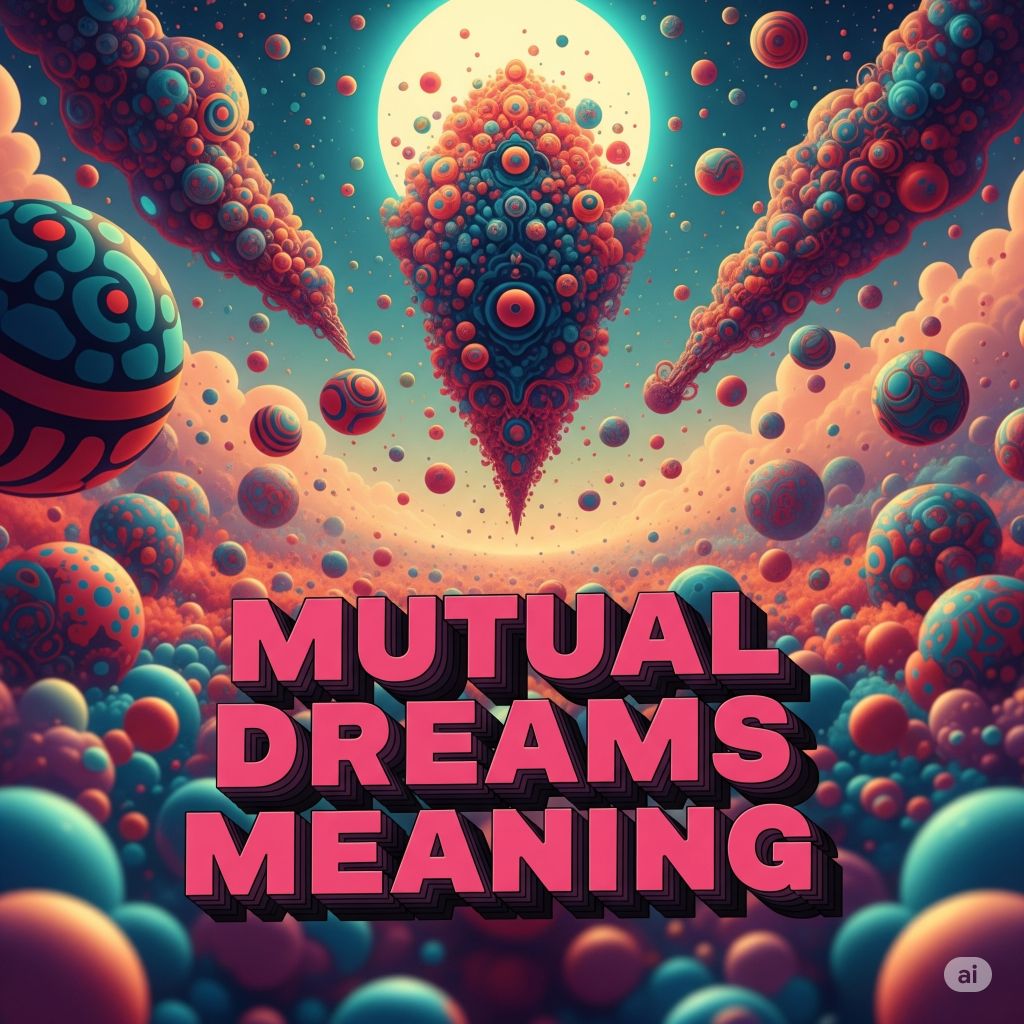
Mutual dreams, also known as “shared dreams” or “telepathic dreams,” refer to the fascinating phenomenon where two or more people report experiencing the same or strikingly similar dream content. These dreams challenge our conventional understanding of the dream state as a private, subjective experience, suggesting the possibility of shared consciousness or dream telepathy. While mainstream science maintains a skeptical stance toward such experiences, reports of mutual dreams span cultures and historical periods, making them an intriguing subject for exploration.
This article investigates the concept of mutual dreams, examining their reported characteristics, potential explanations from psychological, neurological, and spiritual perspectives, documented accounts, and their significance across cultural contexts.
What Are Mutual Dreams?
Mutual dreams are experiences where multiple individuals report having dreams with overlapping or identical content, characters, scenarios, and emotional tones. These shared dream experiences generally fall into several categories:
- Simultaneous Mutual Dreams: Two or more people dream the same or similar content on the same night.
- Meeting Dreams: Dreamers report encountering each other within their dreams and later confirm similar experiences.
- Visitation Dreams: One person deliberately attempts to appear in another’s dream, with both parties later confirming the experience.
- Sequential Dreams: Multiple dreamers experience the same dream content over a sequence of nights rather than simultaneously.
Key Characteristics Often Reported:
- Similar or Identical Settings: Dreamers report being in the same location or environment.
- Shared Interactions: Conversations or activities remembered consistently by multiple dreamers.
- Consistent Details: Specific objects, colors, or unusual elements appearing in both accounts.
- Matching Emotional Responses: Similar feelings experienced by all parties involved.
- Verification Through Communication: The mutual nature is only discovered when dreamers discuss their experiences afterward.
Scientific and Psychological Perspectives
Mainstream scientific perspectives approach mutual dreams with caution, offering several explanatory models:
1. Coincidence and Statistical Probability
Given the vast number of dreams people experience throughout their lives, occasional overlaps in content between individuals are statistically probable, especially among people who share cultural backgrounds, experiences, or spend significant time together.
2. Unconscious Communication
People who are emotionally close or who interact regularly may unconsciously communicate concerns, ideas, or information through subtle cues during waking life. These shared preoccupations might manifest in similar dream content.
3. Memory Contamination and Suggestion
When people discuss dreams, memory is malleable. Details from one person’s account can inadvertently influence another’s recollection, creating false memories of similarity or shared content that didn’t originally exist.
4. Social Connection Theory
Table 1: Social Factors Potentially Influencing Mutual Dreams
| Factor | Description | Impact on Dream Sharing |
|---|---|---|
| Relationship Closeness | Emotional intimacy between individuals | Closer relationships report more mutual dreams |
| Shared Daily Experiences | Common activities, stressors, or environments | Similar processing of shared experiences |
| Cultural Background | Common mythology, symbols, and narratives | Parallel symbolic language in dreams |
| Mutual Concerns | Shared worries about relationships, health, etc. | Similar emotional processing during sleep |
| Communication Patterns | How openly parties discuss dreams | Affects likelihood of noticing similarities |
5. Neurological Synchrony
Recent research in neuroscience suggests that people in close relationships can develop synchronized brain patterns. While no direct evidence links this to mutual dreaming, theoretical models propose that such neural synchrony might extend to dream states under certain conditions.
Parapsychological and Spiritual Perspectives
Outside conventional science, several traditions and theoretical frameworks embrace mutual dreams as genuine phenomena:
1. Dream Telepathy
This perspective proposes that consciousness can transmit information directly between minds, particularly during altered states like dreaming when the analytical mind is less active. Some parapsychological experiments, including those conducted at the Maimonides Dream Laboratory in the 1960s and 1970s, attempted to test dream telepathy under controlled conditions, with controversial and mixed results.
2. Collective Unconscious (Jungian Perspective)
Carl Jung’s concept of the collective unconscious suggests a shared layer of consciousness containing universal archetypes and symbols. Mutual dreams might represent individuals simultaneously accessing the same archetypal content from this collective layer.
3. Astral Projection/OBE Theories
Some spiritual traditions hold that during dreams, the consciousness or “astral body” can separate from the physical body. Mutual dreams are interpreted as actual meetings of these consciousness bodies in another plane of existence.
4. Quantum Consciousness
Speculative theories drawing from quantum physics propose that consciousness might not be entirely localized to individual brains but exists as a field with quantum properties. This might theoretically allow for shared dream experiences.
Cultural Perspectives and Historical Context
Table 2: Cultural Approaches to Mutual Dreams
| Culture/Tradition | View on Mutual Dreams | Practices |
|---|---|---|
| Indigenous Australian | Dreamtime as shared spiritual realm where all can meet | Dream sharing as tribal practice |
| Ancient Egypt | Dreams as messages from gods; mutual dreams as divine synchronicity | Dream incubation in temples |
| Tibetan Buddhism | Concept of Dream Yoga; conscious meeting in dreams possible through practice | Specific meditation techniques for lucid and mutual dreaming |
| Western Psychical Research | Studied as potential evidence for telepathy or survival of consciousness | Controlled experiments in dream laboratories |
| Modern Western | Often viewed as coincidence or psychological connection | Usually informal sharing; some organized dream groups |
Documented Reports and Research
While rigorous scientific validation of mutual dreams remains elusive, there are numerous documented reports:
- The Maimonides Dream Experiments in Brooklyn during the 1960s and 1970s tested the concept of dream telepathy. While controversial, the researchers claimed statistically significant results suggesting that target images viewed by a “sender” influenced the dream content of isolated “receivers.”
- Case Collections by researchers like Louisa Rhine, Ian Stevenson, and more recently, Stanley Krippner, document accounts of apparent mutual dreams, often collected through surveys or interviews.
- Indigenous Traditions worldwide contain accounts of shared dreaming experiences, particularly among those where dream practices are culturally valued, such as certain Aboriginal Australian communities.
- Contemporary Anecdotal Reports continue to emerge, especially with the advent of online dream communities and forums where people discover unexpected similarities in their dream experiences.
Methodological Challenges in Study
Research into mutual dreams faces significant challenges:
- Subjectivity of Reports: Dreams are inherently subjective experiences known only through self-reporting.
- Verification Difficulties: Confirming dreams were actually shared rather than similar or influenced by post-dream discussion.
- Limited Laboratory Tools: Dream content cannot be directly observed or recorded with current technology.
- Publication Bias: Negative results (no sharing found) are less likely to be published or reported.
- Replication Issues: Even promising results have proven difficult to consistently replicate.
Conclusion
Mutual dreams remain an intriguing and enigmatic phenomenon that inhabits the boundaries between established science, psychology, and spiritual belief systems. While skeptical perspectives offer explanations based on coincidence, memory contamination, and shared psychological states, many individuals continue to report experiences that seem to transcend these explanations.
Whether mutual dreams represent genuine telepathic connections, manifestations of close psychological bonds, expressions of universal archetypes from a collective unconscious, or simply remarkable coincidences, they highlight the mysterious nature of human consciousness and the dream state. These experiences remind us that despite significant advances in neuroscience and psychology, the full nature of consciousness and dreaming remains incompletely understood.
For those who experience them, mutual dreams often feel profoundly meaningful, sometimes strengthening interpersonal bonds or providing a sense of expanded consciousness. As research methods continue to evolve, perhaps future studies will shed new light on this ancient and persistent aspect of human experience.

